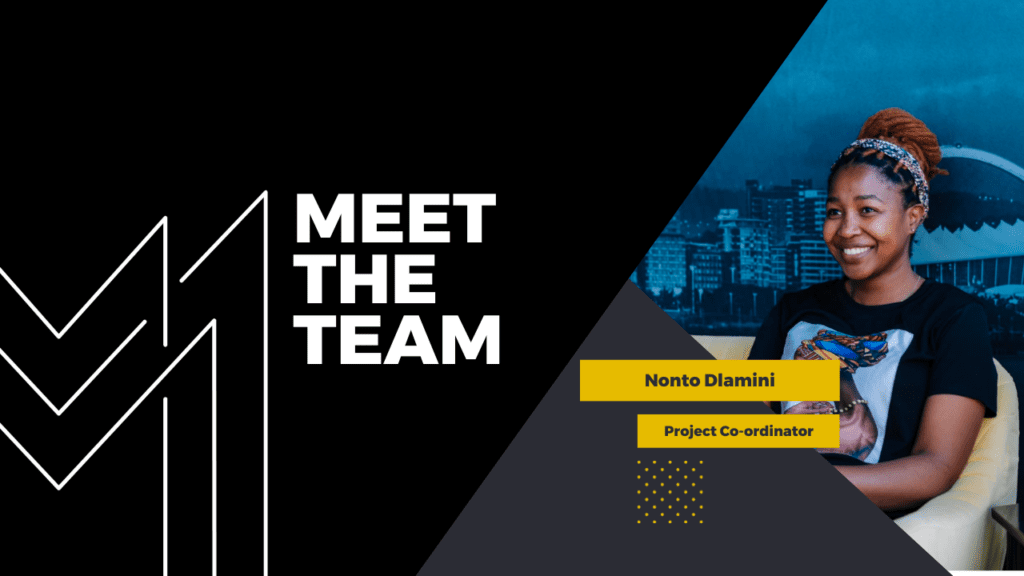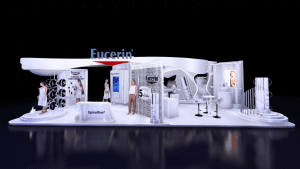
Nonto joined the Matriach team in March 2022 and works in our Johannesburg office.
From building relationships to building brands, there is so much to love about experiential marketing. So today, we’re chatting with Nonto to find out what she loves about the industry! 🤍
Q: What is your favourite part about working within the Experiential Marketing industry?
A: My favourite part is on the actual day of the activation/ event, where all your hard work of preparation comes to life. This is the day I call “Dancing Day”, there is nothing much you can change, but you have to dance to the rhythm of the day, and if you have prepared well enough, you glide on the dance floor 🙂
Q: What has been your most memorable campaign or event, and why?
A: In my career; the Abantu Book Festival. It was an annual event that took place for four days. It is by far my favourite because we got to introduce people, especially kids, to the culture of reading, and we donated a lot of books to underserved communities as well.
Being at Matriarch: It is the #10 pM campaign where standard bank helps uplift young entrepreneurs by assisting them with their hustles and potentially making their first 10% of a Million Rand.
Q: What do you think the future holds for Experiential Marketing?
A: As times are evolving and we have entered the 4IR, new and immersive ways will be introduced in the Experiential Marketing space; we will be able to showcase brands and educate people about brands in a wholly revolutionised way.
Q: What is your favourite area in Johannesburg, and why?
A: Newtown, the culture of art is alive, and there are always new things and trends to learn from.
Q: What do you love most about living in South Africa?
A: Apart from it being home, I love that there are still a lot of people who are always willing to lend a hand. We have a vast diversity of cultures and always find synergy in working together.



